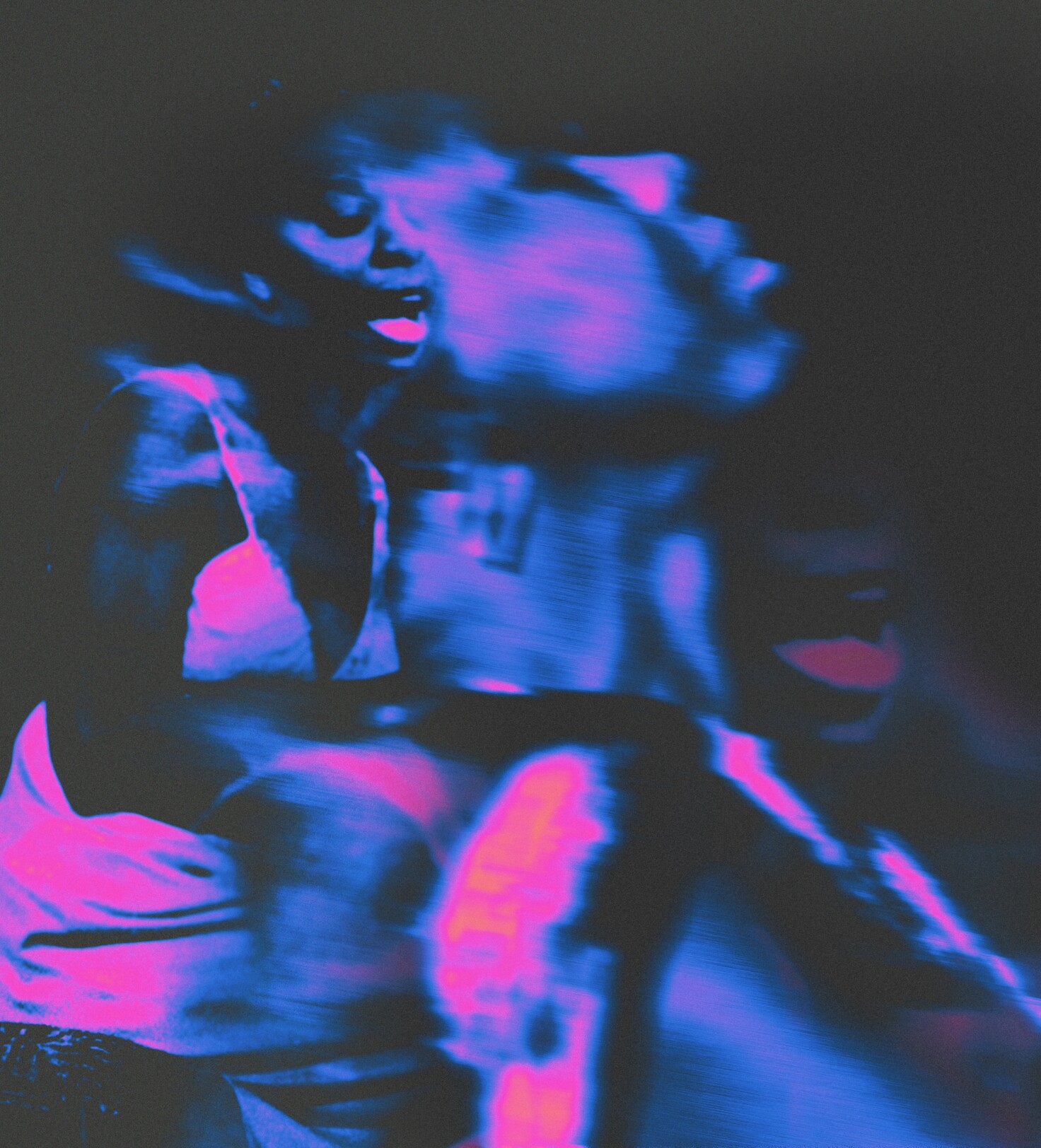Simone’s appeal as a cinematic reference is complex. Most boringly and cynically, it can be a shrewd creative decision born of industry trends and increasingly uninspired, nostalgia-fueled filmmaking choices; the ecosystem is such that studios and record companies alike are constantly angling for the next “Running Up That Hill” viral moment.
But then there’s Simone herself, a Southerner at her roots, born Eunice Waymon in Tyron, North Carolina, nearly a century ago—and that unmistakable contralto that can communicate strength, triumph, wit, and vulnerability, often all within one verse, and buoyed by the intricate, masterful arrangements of her songs. With “Feeling Good,” she sings of a renewed sense of purpose—of a new day, a new dawn, a new life—perfect for mapping onto a character who’s just turned a promising corner in their self-actualization. Her phrasing’s balmy and wistful, and at the song’s very start—the section nearly every film or show that references it homes in on, if nothing else—it’s bare and unaccompanied. This allows filmmakers to slip Simone’s voice smoothly into the character’s journey, like an internal monologue. Softer than a needle drop, it’s a needle landing.
And of course, Simone’s dulcet tone gives way to that booming orchestra, which struts in like a marching band—the horns, the cymbals a shot of victorious adrenaline. In A Quiet Place, the drop lands just after Sam pulls the headphones out of the boom box and at the same time as a giant preying alien drops down from the sky behind her, ready to pounce. The credits roll—Sam’s “new day” is a dignified demise.
“Nina Simone has an inbuilt melancholy in her voice, and it comes across in that song,” Nyong’o has said of the movie’s ending. “It’s in complete contrast to what she’s saying—the words are ‘And I’m feeling good.’ I think it treads that fine line between a cry of grief and euphoria somehow.”
That kind of dramatic power can be understandably difficult to resist. Simone nestles within a vast lineage of Black female vocalists who, as scholar Farah Jasmine Griffin has put it, are “capable of casting spells. It is certainly a voice concerned with its connection to the world of the spirit, its ability to invoke the presence of the divine.”2
Griffin also observes how that bewitching power as harnessed by Simone and her peers has frequently been called upon and received by listeners of all ethnicities and backgrounds, especially in the wake of tragic national events: “Black women’s voices not only soothed white children with lullabies but also healed, nurtured, sustained black people.”3
This duality carries into pop culture’s recurring repurposing, distillation, and commodification of Simone’s voice for characters and filmmakers of all kinds, from Bridget Fonda’s drug addict-turned-government assassin in the 1993 film Point of No Return to Pierce Brosnan’s rich thief in The Thomas Crown Affair (1999) and beyond.
For its part, “Feeling Good” is a malleable mid-century standard, lyrically broad enough to resonate with anyone, but capable of slipping into a deeper reading—more gendered and racialized—as delivered by Simone. And in fact, its origins are directly tied to Blackness, though its writers, Leslie Bricusse and Anthony Newley, were white.
The song first appeared in the stage musical The Roar of the Greasepaint – The Smell of the Crowd (1964), a parable of the British class system in which the two white main characters, Sir and Cocky, play a rigged game of life. Sir (“the have”) is always changing the rules and keeps winning, while Cocky (“the have-not”) plays by the rules and always loses. In the second act, a character named the Negro suddenly appears, joining in on the game. Despite being more disadvantaged than Cocky because of his race, he manages to win because, as he makes his way around the game board, Sir and Cocky are too busy arguing with one another to prevent him from advancing. His triumph leads the Negro to sing “Feeling Good,” transforming the song into an anthem of resilience in the face of bigotry.



